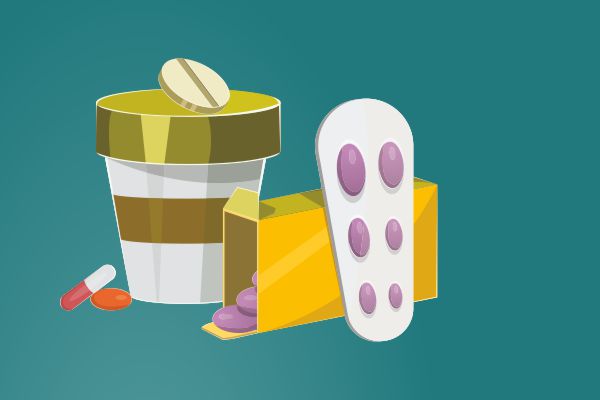
What is PMR?
PMR or Physical Medicine and Rehabilitation is a speciality which aims at empowering a person with a physical disability
1 billion (15% of the world's population) have a disability (WHO, 2011). Disability is part of the human condition and almost everyone will be temporarily or permanently impaired at some point in life
Physical Medicine and Rehabilitation is "a set of measures that assist individuals, who experience or are likely to experience disability, to achieve and maintain optimum functioning in interaction with their environments" (WHO,2011). It focuses on the restoration of function of people to the highest possible level, through a multidisciplinary team approach.
The Rehab team comprises of the following:

Doctor
-Initial assessment and diagnosis
-Decision on line of management -Pharmacotherapy
-Interventional management: Nerve blocks, Joint injections, Spinal interventions for neck and back pain
-Surgical management of ulcers, deformities -Education and counselling
PT- Physiotherapist
-Therapeutic exercises
-Manipulation techniques
-Relief of pain using physical agents & modalities
-Education and counselling
OT- Occupational therapist
-Promote skill development and independence in ADL
-Focus on upper limb activities, fine hand functions
-Use assistive technology for communication, assistive devices for activities
P & O – Prosthetist & Orthotist
- Plan and prepare aids and gadgets whicch will help with a patients daily activities
SLT – Speech & language therapist
- Swallow assessment, Speech assessment and therapy
Psychologist
- Provide counselling and encouragement to improve acceptance of change in one’s body secondary to illness, help a patient understand how to adapt to an illness/ disability
SW- Social worker
- Provide advice and help regarding vocational or educational changes
- Provide assistance or advice in financial issues, Help improve family acceptance and support
WHERE is Rehabilitation needed? 
1. NEUROREHABILITATION:
Stroke
Brain Injury
Spinal Cord Injury
Neuromuscular disorders
2. MUSCULOSKELETAL REHABILITATION:
Rheumatolgy- Arthritis, Osteoarthritis, Crystal Induced Arthropathies , Spondyloarthropathies, Fibromyalgia
Post Trauma
Soft Tissue and Muscle injuries
Neck pain, Back pain
3. PAIN AND PALLIATIVE CARE:
Chronic pain
Cancer pain
4. PAEDIATRIC REHABILITATION:
Cerebral Palsy
Growth and Developmental delay
Traumatic Brain Injury
5. GERIATRIC REHABILITATION:
Physiologic effects of ageing
Effects of hospitalization and deconditioning in the elderly
Effects of extended bedrest
5. CARDIOPULMONARY REHABILITATION:
Post Myocardial Infarction
Post Coronary Artery Bypass Graft (CABG)
Breathing Disorders
6. SPORTS REHABILITATION
90% of sports injuries can be prevented.
Musculoskeletal injuries like torn rotator cuffs, knee injuries, menisceal tears, ankle sprains can be properly rehabilitated in the following way:
I. Resolving pain and inflammation
II. Restoring range of motion
III. Strengthening
IV. Proprioceptive training
V. Sports/task specific activities
With proper rehabilitation, the sports person can have a faster return to play.
New and defining rehabilitative management in sports medicine for injured joints is the use of Platelet Rich Plasma (PRP). This is an Autologous injection of the patients own plasma which is given into the area of injury – Inflamed tendon, torn muscle, menisceal injury, joints.
WHY is Rehabilitation needed?
It helps an individual learn how to care for a body that now works differently
It aims to maintain a high level of health that avoids the secondary complications of traumatic illnesses
It pushes a patient to reintegrate him/herself into the community
It ALWAYS believes in the patient and NEVER lets them give up
